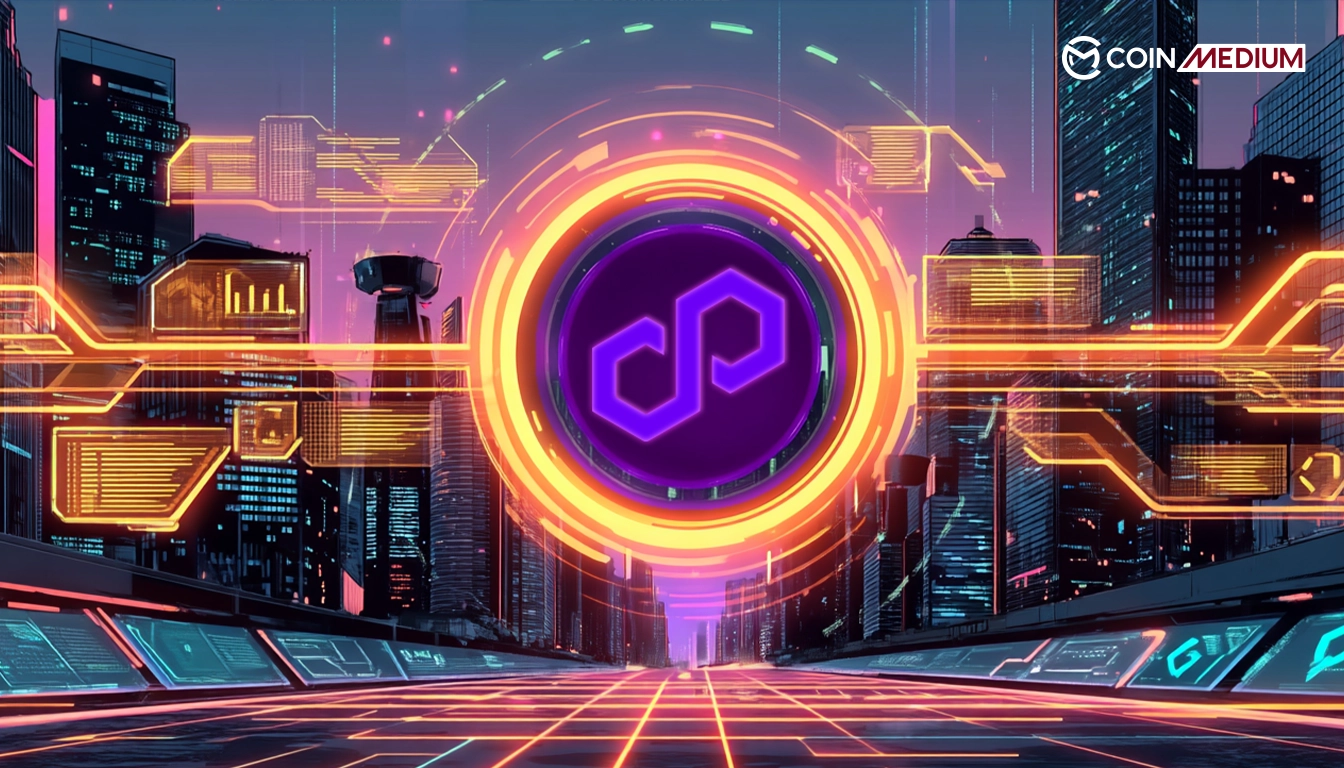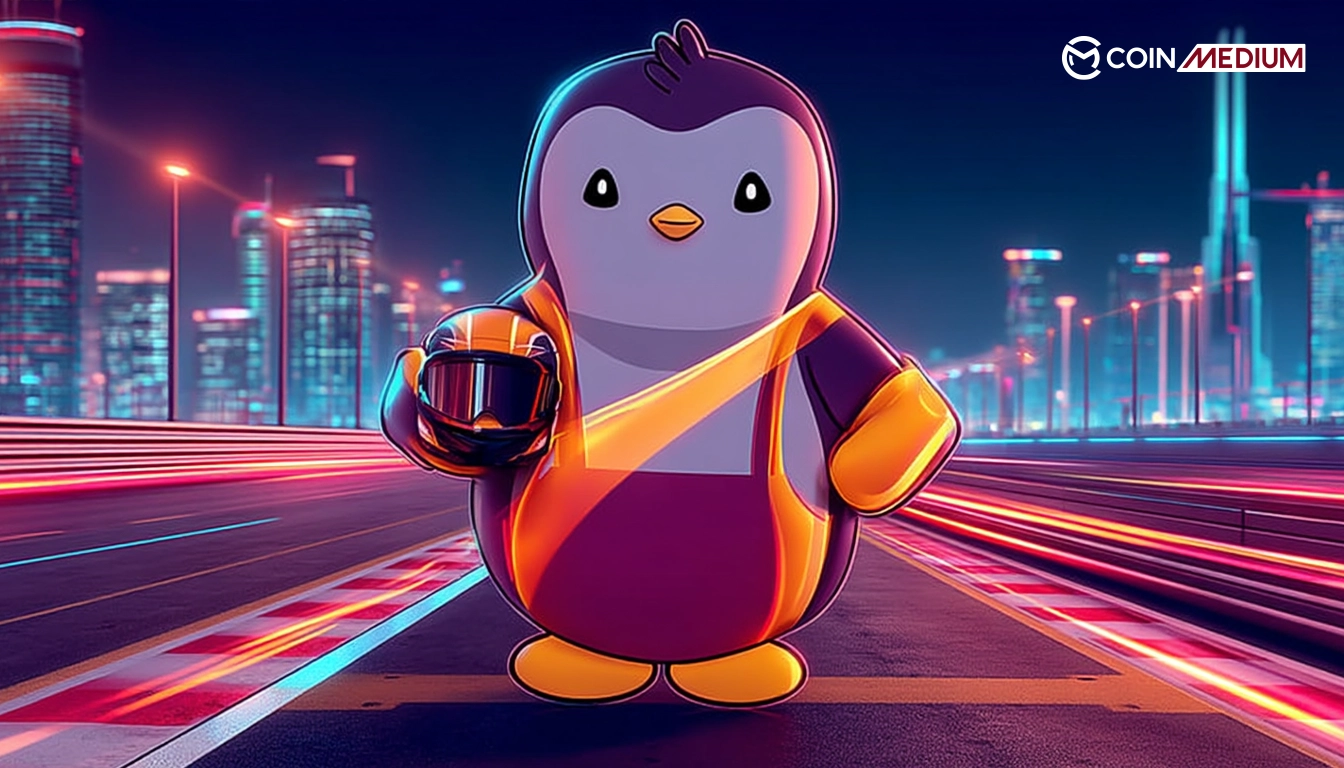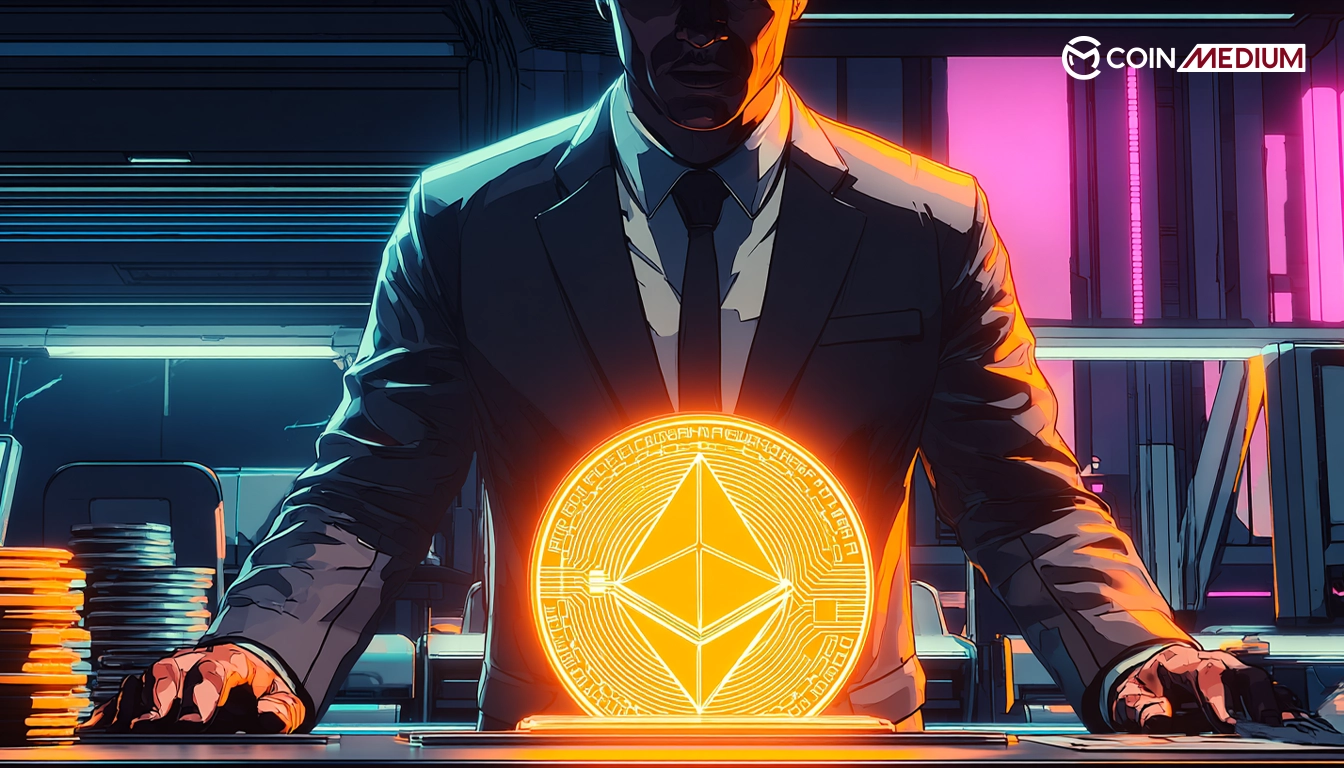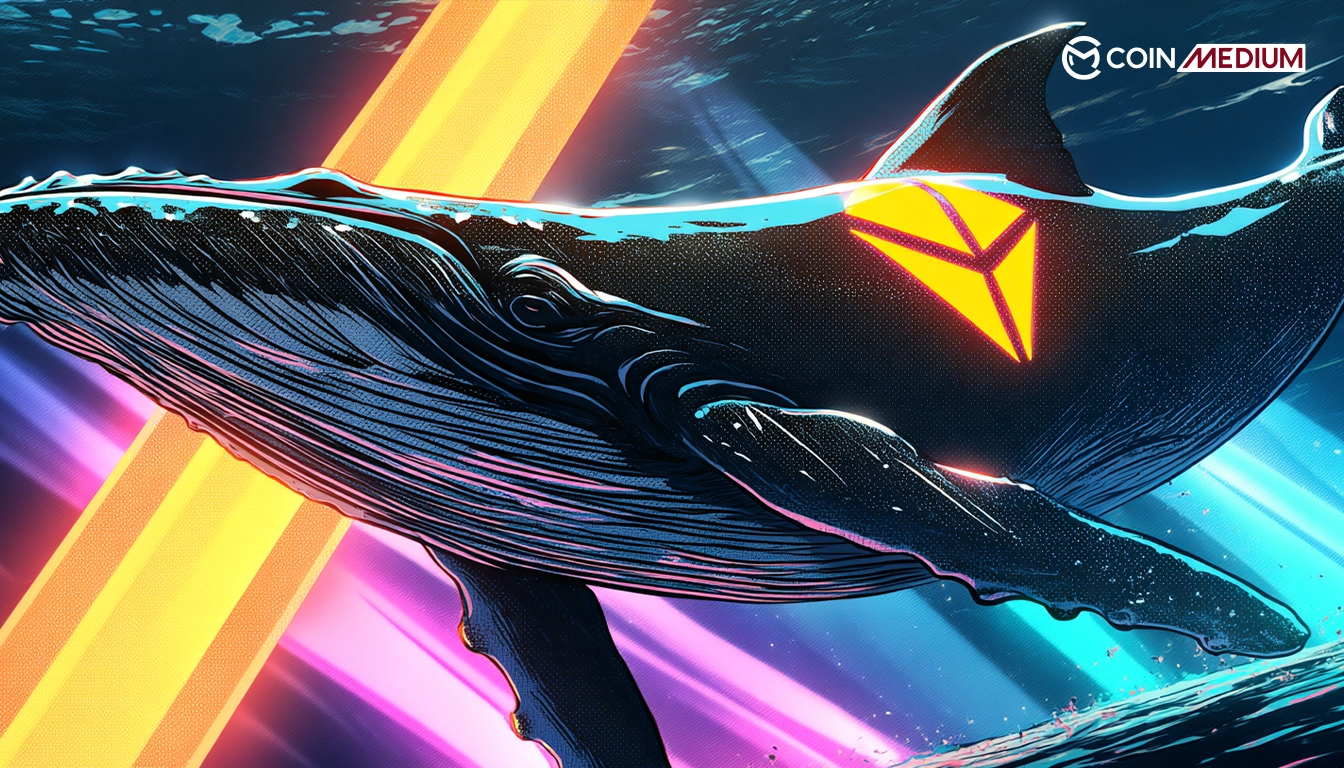- TPS stands for Transactions Per Second, it measures how many transactions a blockchain network can process in one second.
- IPolygon is a layer-2 scaling solution for Ethereum and operates as a sidechain, processing transactions off Ethereum’s main chain.
- “Gigagas” roadmap by Polygon is set to achieve 100,000 TPS.
- At the time of this article, Keeta Network holds the record for the highest TPS in a controlled test (11.2M TPS) and Solana is one of the fastest in consistent, real-world operation among major blockchains, with a verified daily average of 3,500 TPS.
Polygon, commonly regarded as India’s premier blockchain, has announced its ambitious “Gigagas” roadmap to speed up its infrastructure and capacity to handle up to 100,000 Transactions Per Second (TPS).
The “Gigagas” roadmap would address the growing demand for high speed, low-cost, and secure cross border payments.
To understand the magnitude of this project, you need to comprehend how many TPS we have in the Polygon blockchain ecosystem right now in comparison to other blockchains.
Why is increased TPS important?
Currently, most blockchains can only handle a few thousand TPS at best. Polygon has an average 80-105 TPS when the network is at 90%+ capacity, processing 7-9 million transactions daily.
At the time of this article, Keeta Network holds the record for the highest TPS in a controlled test (11.2M TPS) in Testnet. This is however not the case in Keeta’s Mainnet.
When it comes to fastest consistent, real-world operation among major blockchains, Solana blockchain holds the record for the fastest with a verified daily average of 3,500 TPS.
Even with improvements, networks like Ethereum can slow down when there’s too much traffic. This can lead to delays, high fees, and frustrated users.
Polygon understands the importance of supporting everyday payments, gaming, trading, and real world finance without ever slowing down.
Another major important segment of blockchain that would be positively impacted by increased TPS is “finality”.
Why is Finality a Game Changer?
“Finality” in blockchain essentially means how long it takes for a transaction to be fully confirmed and unchangeable. Today, many blockchains take several seconds or even minutes for finality. While this could work for games, “finality” plays an integral part in financial transactions where every millisecond counts.
Polygon plans to bring “one-block” finality by the end of 2025 meaning your transaction is instantly locked in and final after just one block to remove uncertainty, avoiding errors. This feature would make Polygon safer and more predictable for big businesses.
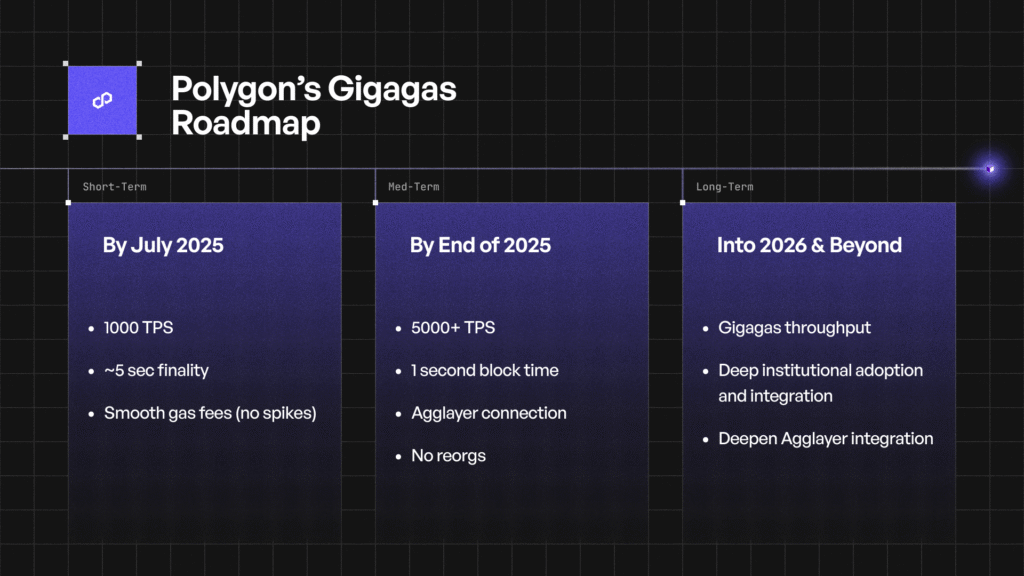
What changes will come about in July?
In July 2025, Polygon is set to achieve 1000 TPS and 4 seconds finality. It will also make a major upgrade by adding the AggLayer. Designed as a super connector that links many smaller blockchains into one powerful network, AggLayer will function similarly to how apps on your phone sync through the cloud.
With AggLayer in place, Polygon’s ecosystem will become more interoperable, faster, and easier to use, with boosted TPS and improved user experience.
What can you look forward to in October?
By October, Polygon plans to start rolling out its Validator-Elected Block Producer (VEBloP) system. This is a smarter way to create and confirm blocks using a single leader to streamline decisions. Along with stateless validation faster, (VEBloP) system is expected to boost TPS beyond 5,000 on mainnet.
It enables finality, so once your transaction is made, it’s final with no risk of “chain reorganizations” that can reverse it.
What’s the Global Impact like?
Polygon is already making waves across the globe. In Latin America, companies like Bitso and Lemon use it for affordable cross-border payments.
Apps like Polymarket, which lets users bet on real-world outcomes have processed over $14 billion on Polygon via partnership with X.
Big names like Stripe, Nexo, Reliance Jio, and JPMorgan are using or building on Polygon. Polygon is leading in USDC transactions, with over 2.3 million active wallets as of April 2025.
In early 2025, Polygon also ranked among the top 5 blockchains for real-world assets, hosting over $271 million in things like Pokémon NFTs and credit funds from firms like Apollo and BlackRock.
What does the future look like?
By year-end, Polygon aims to hit 5,000 TPS on mainnet with instant finality. That alone would put it ahead of most networks. But the ultimate vision is 100,000 TPS, enough to support millions of users, apps, and businesses without skipping a beat.
With the Gigagas roadmap, AggLayer, VEBloP, and ongoing ecosystem support (like an $85M developer grant program), Polygon is building the infrastructure for a borderless, frictionless financial world.
Therefore, Polygon’s upgrades are not just technical tweaks, they’re the foundation for a next-generation internet economy.
Final Thoughts
Polygon’s Gigagas roadmap represents a significant step toward achieving mass adoption of blockchain technology.
By enhancing scalability, interoperability, and developer support, Polygon aims to provide a robust infrastructure for decentralized applications, positioning itself as a leader in the blockchain space.
The roadmap could also be a stepping stone to revive the POL token which depreciated by 93.06% from its all time high.
At least that’s the hope of Sandeep Nailwal, CEO, Polygon Foundation who said “Today, I’m announcing a series of much-needed changes designed to deliver greater value to POL stakers and bring increased clarity to the broader market, […] the Foundation will also engage in educational campaigns to ensure everyone is aware of the upgrade of MATIC to POL.”
